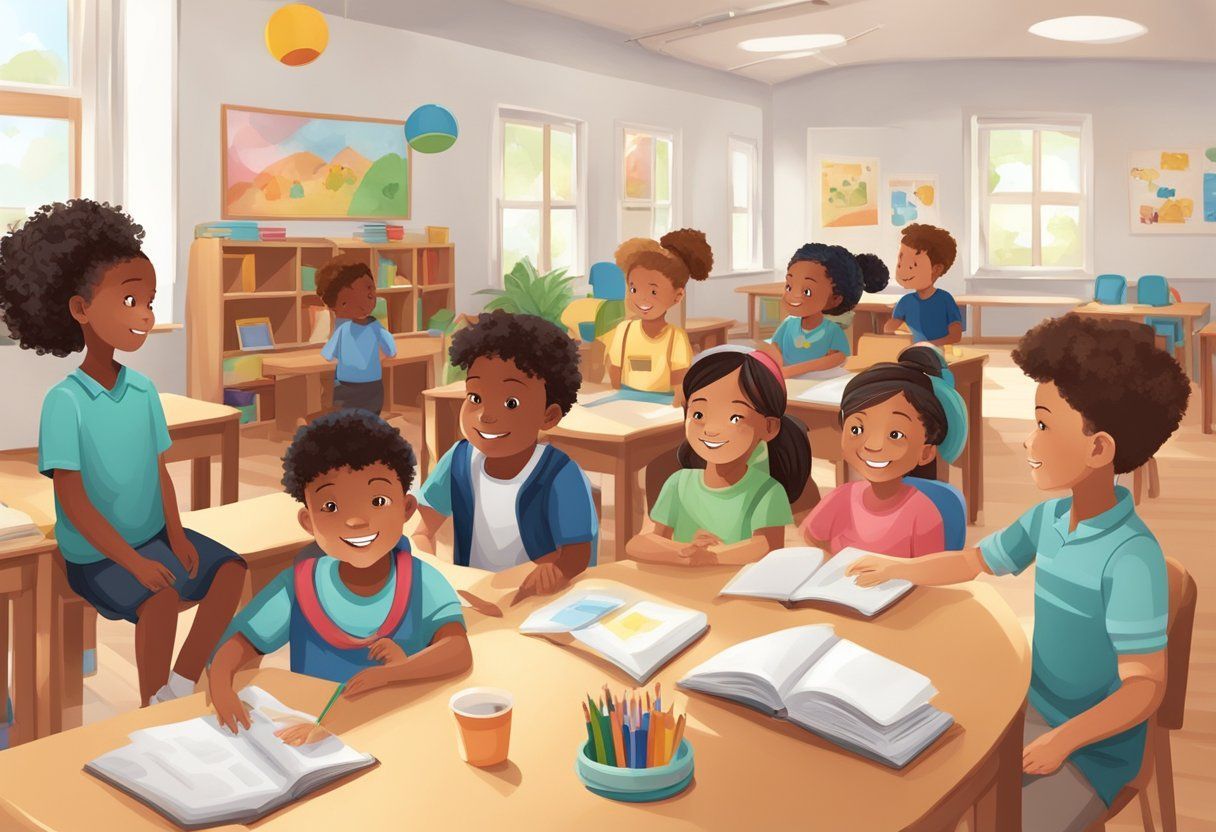BLOG
Categories
How Schools Can Support Adopted Children with Trauma: A Love-Based Approach to Healing
The Hidden Wounds of Adoption
Let’s get right to the heart of it—adoption begins with loss. Before there’s a family photo, a last name change, or a celebration, there’s a separation. That separation—no matter how early, even in the womb—registers in the nervous system of a child. That’s trauma. And trauma changes everything.
This isn’t about behavior. This is about biology. When a child is removed from their birth family, even under the best circumstances, the brain interprets it as danger. Grief, fear, shame, confusion—they’re not just emotional responses. They become part of that child’s operating system. We call it the “primal wound,” and it’s real.
How Trauma Shapes the Brain
Early trauma doesn't just go away. It wires itself into the developing brain. A child exposed to chronic stress—whether through neglect, abuse, or the simple but significant rupture of attachment—develops a brain geared for survival, not learning.
When a child’s brainstem is firing, it’s all about fight, flight, or freeze. There’s no space for multiplication tables or making friends when your whole system is screaming “I’m not safe!”
You can’t discipline that out. You can’t consequence that away. You can’t ignore it and hope it passes. You have to create what I call “oxytocin opportunities.” That means relationship. That means connection. That means understanding the stress before the behavior.
Recognizing Trauma in the Classroom
What does trauma look like at school? It looks like a child who zones out. A child who can’t sit still. A child who flips a desk or shuts down when asked to read aloud. It looks like the “problem kid”—but I’ll tell you this right now: that child is not the problem. That child is having a problem.
We’ve got to move away from judgment and toward curiosity. Instead of asking, “What’s wrong with you?” ask, “What happened to you?” Better yet, “What’s your fear right now?”
Because underneath the defiance, the tantrums, the inattention, is a child crying out for safety. For connection. For love.
What Educators Can Do
So what can schools do? Start by becoming trauma-aware. Then move to trauma-informed. And eventually—be trauma-responsive.
Regulate before you educate. Meet the child’s nervous system before you meet their behavior. Create environments that are low stress and high connection. Build predictability, consistency, and relationship. Understand that dysregulation is not disobedience. It’s fear.
If you want to reach a child’s mind, you’ve got to touch their heart. That’s the work. That’s the calling. That’s where healing begins.
Creating a School Culture Where Adopted Children Feel Safe, Seen, and Supported
Let’s be clear—when a child walks into a school building carrying a history of trauma, they don’t leave that history at the door. It walks in with them. And if we want to reach their mind, we must first connect with their heart. That’s the foundation of a love-based classroom.
Building a Trauma-Informed School Environment
A trauma-informed school doesn’t just talk about compassion—it practices it. Every hallway, every classroom, every adult interaction becomes an opportunity to send a single message: You are safe here. You are wanted here. You belong here.
That begins with training. Teachers, staff, administrators—they’ve got to understand how trauma shows up. It’s not about diagnosing kids. It’s about seeing the behavior as communication. That child who’s throwing a chair or who shuts down and stares at the wall—that’s not a bad kid. That’s a scared kid.
Consistency is key. Predictability calms the nervous system. When a child knows what to expect, their brain can stop scanning for danger and start opening up to learning. That’s why routines matter. That’s why tone matters. That’s why showing up every day with soft eyes and open arms changes everything.
Supportive tools—like calming corners, sensory aids, and flexible seating—aren’t “extras.” They’re essentials. Because you can’t reach a dysregulated brain. You regulate first, then educate.
To strengthen this foundation, schools can integrate Wraparound services—such as those offered by LEAF—to provide coordinated, holistic support that addresses the full spectrum of a child’s emotional, behavioral, and academic needs.
Establishing Safety and Trust in the Classroom
Safety isn’t just about locked doors and fire drills. Emotional safety is what we’re after. That deep sense in a child’s nervous system that says, I’m okay right now. I’m not under threat. I’m not alone.
You build that through connection. Through presence. Through gentle gestures, eye contact, and consistent follow-through. You build it by being the adult who doesn’t flinch when the meltdown comes. The adult who sees past the outburst to the child underneath.
Predictability creates peace. Boundaries done with love—not fear—help students know where the edges are. That’s comforting. That’s regulatory. And that’s where trust grows.
Fostering Inclusion and True Belonging
Belonging isn’t about fitting in. It’s about being accepted exactly as you are.
In the classroom, that means weaving stories and materials that reflect the lives of adopted children and diverse family systems. It means inviting their stories into the learning. It means setting up mentorships, buddy systems, and peer groups where connection can bloom.
Don’t just create a school where kids are taught. Create a space where they are known. Where their past doesn’t define them, but it is honored. Where their identity isn’t erased, but embraced.
Because every child—especially the child carrying trauma—deserves to wake up and go to school not with fear, but with hope.
Equipping Educators to Walk with Adopted Children Through Their Trauma

To truly show up for adopted children who’ve experienced trauma, educators must go beyond standard classroom training. These kids aren’t misbehaving—they’re struggling. And if we don’t understand their fear, we’ll misinterpret their pain. That’s why professional development isn’t optional. It’s essential.
Trauma Training Is a Mindset Shift, Not Just a Module
Trauma training isn’t about learning a new set of rules—it’s about seeing kids through a different lens. It’s about realizing that behind the outburst is a child whose brain and body are doing exactly what they were wired to do to survive.
Educators need to understand how trauma hardwires the stress response. How a child might lash out not because they’re disrespectful, but because their brainstem is firing a survival alarm. Or how a silent child isn’t “checked out” but frozen in fear. When you begin to see the fear, you stop seeing a “problem” and start seeing a person.
It also means doing our own work—looking at our triggers, our stress, our stories. Because what we don’t heal, we pass on. And every trauma-informed classroom starts with a regulated adult.
Responding to Behavior with Love, Not Control
A trauma-informed response says: I see your fear, and I’m not going anywhere.
That’s what empathy does. It leans in instead of backing away. It stays soft when everything inside wants to go hard. And it regulates—because you can’t co-regulate a child unless you’re regulated yourself.
Through the lens of empathy, we learn to create flexible classroom plans that meet kids where they are. We stop using punishment and start practicing presence. We build safety by adapting—not reacting. We offer structure without shame, boundaries without fear.
This doesn’t mean chaos. It means connection. Because connection is what regulates the nervous system, not consequences.
Partnering with Mental Health—Teamwork for Healing
You can’t—and shouldn’t—do this alone. Trauma healing is a team effort.
Bringing in school counselors, social workers, psychologists—this isn’t a weakness, it’s wisdom. Regular communication ensures you’re not just guessing, but truly aligning with what that child needs emotionally, behaviorally, and neurologically.
When teachers and therapists work in sync, the child experiences something powerful: consistency. And for a child whose early life has been marked by unpredictability, that consistency is everything.
Ultimately, professional development is about more than strategies. It’s about heart work. It’s about creating school environments where adopted children feel not just educated—but embraced.
Support Systems That Heal: Strengthening the Web of Love Around Adopted Children
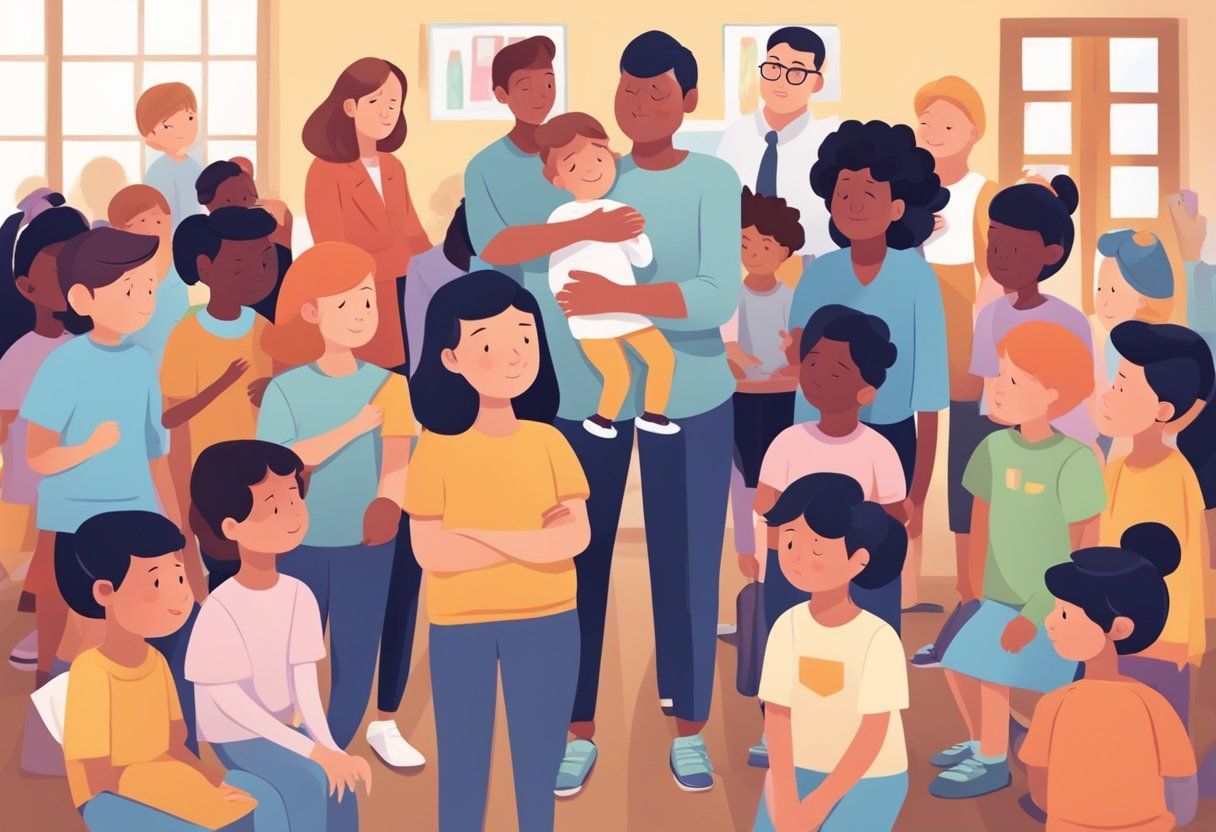
Children who’ve experienced trauma don’t heal in isolation—they heal in relationship. That healing takes a village. And in the life of an adopted child, that village must be grounded in connection, collaboration, and compassion. When home and school become allies in love, transformation happens.
Bridging Home and School Through Relationship
When adoptive parents and educators come together, something powerful begins to unfold: a united front of safety and support.
This isn’t just about checking off behavior reports or sharing academic updates. It’s about creating open, ongoing conversations rooted in curiosity and care. It’s about parents having the courage to share the hard parts of their child’s history—the fears, the triggers, the moments that send them into survival mode. And it’s about teachers listening—not to fix, but to understand.
Joint planning meetings? Yes. Workshops that bring parents into the conversation? Absolutely. Because when you create a space where both sides feel seen and heard, you create safety. And safety is the soil where trust grows.
Raising Resilient Kids Through Connection, Not Pressure
Resilience isn’t about pushing kids to “toughen up.” It’s about helping them feel safe enough to try again.
For a child who’s lived through trauma, success might look like simply showing up. Or making it through the day without a meltdown. Or trusting one adult, just a little bit. Schools need to recognize these victories, celebrate them, and build from them.
Offer clubs, sports, music, art—anything that gives a child the chance to shine. And don’t just focus on “achievement.” Focus on regulation. Focus on joy. Focus on connection. That’s where real confidence begins.
When parents and teachers partner to create individualized learning plans that play to a child’s strengths, we stop asking, “What’s wrong with you?” and start saying, “Look at all that’s right with you.”
Honoring Identity, Building Attachment
Adopted children often carry deep, unspoken questions: Who am I? Where do I belong?
Schools can either ignore those questions or lean into them with love. Representation matters. Include books, images, and lessons that reflect the diversity of family structures, cultures, and backgrounds. Let every child see themselves in the fabric of their school community.
Attachment issues don’t just show up at home—they show up in the classroom, too. Schools that offer small group support, mentorship, and counseling focused on attachment help children feel connected—to peers, to adults, to the community.
When a child feels seen—not for who we want them to be, but for who they truly are—they begin to trust. And when trust is present, healing is possible.
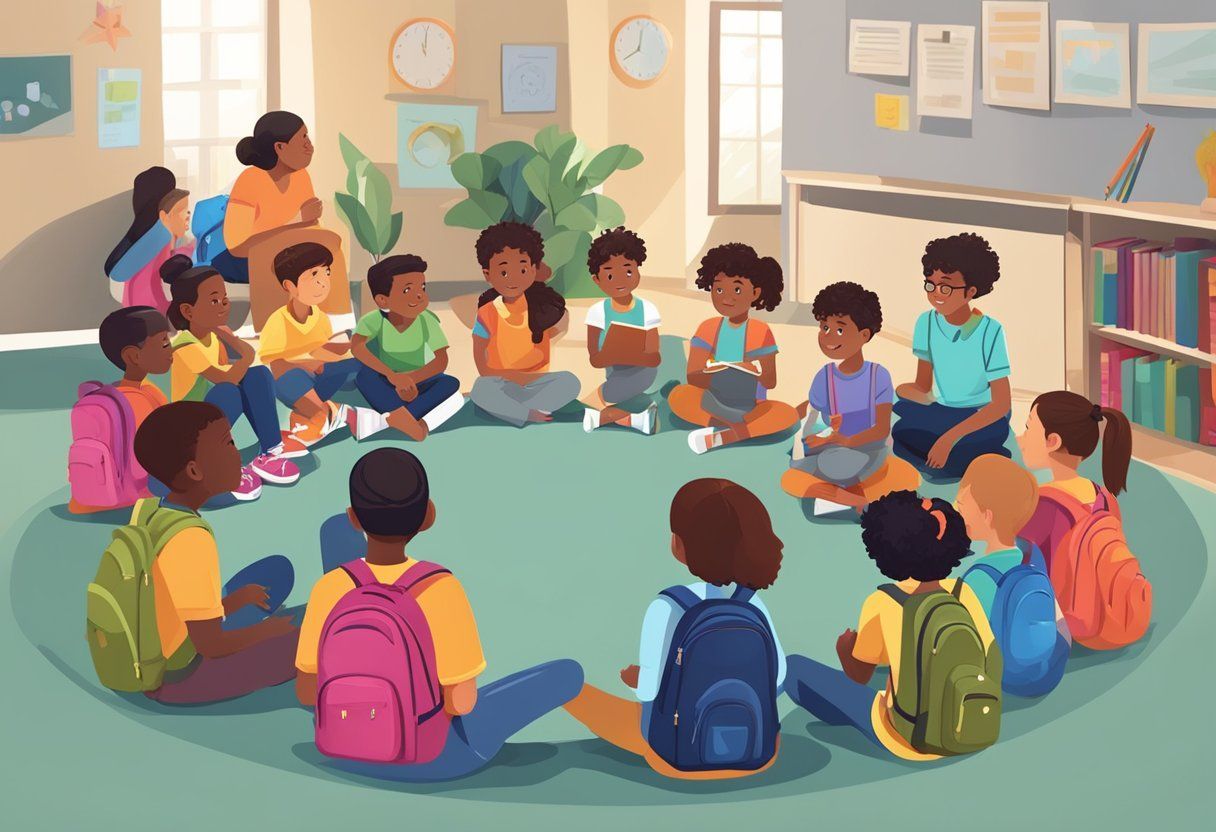
Frequently Asked Questions
What approaches can schools take to support children who have experienced trauma?
Schools can provide trauma-informed classrooms. This means classrooms are designed to be sensitive and supportive, considering students' emotional needs without reactivating past fears.
By using predictable routines and a calm environment, students feel safer.
What strategies can teachers employ to assist adopted children dealing with past trauma?
Teachers can foster open communication, create a safe learning environment, and recognize triggers that might cause distress.
They can also use positive reinforcement and offer additional support to help children cope with their feelings and behaviors.
How can school systems provide aid to adoptive families to enhance student well-being?
Schools can maintain strong communication lines with adoptive families, offering resources and education on trauma-related challenges.
They can also organize support groups or regular meetings to assist families in navigating these challenges effectively.
In what ways can educational professionals be trained to recognize and address trauma in adopted children?
Training can include workshops on trauma recognition and response strategies.
Professionals can learn about signs of trauma, ways to create supportive classrooms, and methods to tailor teaching approaches to meet traumatic needs.
How should schools tailor their programs to meet the needs of children with an adoption and trauma background?
Customized learning plans that accommodate emotional and educational needs should be developed.
Curriculum adjustments might be needed to ensure topics don't trigger distress. Additionally, schools might introduce therapy options within the school setting.
What role can school counselors play in supporting adopted children who have experienced trauma?
School counselors can provide individual and group counseling. This gives students a safe space to express emotions.
They can also collaborate with teachers and parents to create a consistent support network. This addresses the unique needs of each child.
RECENT POSTS

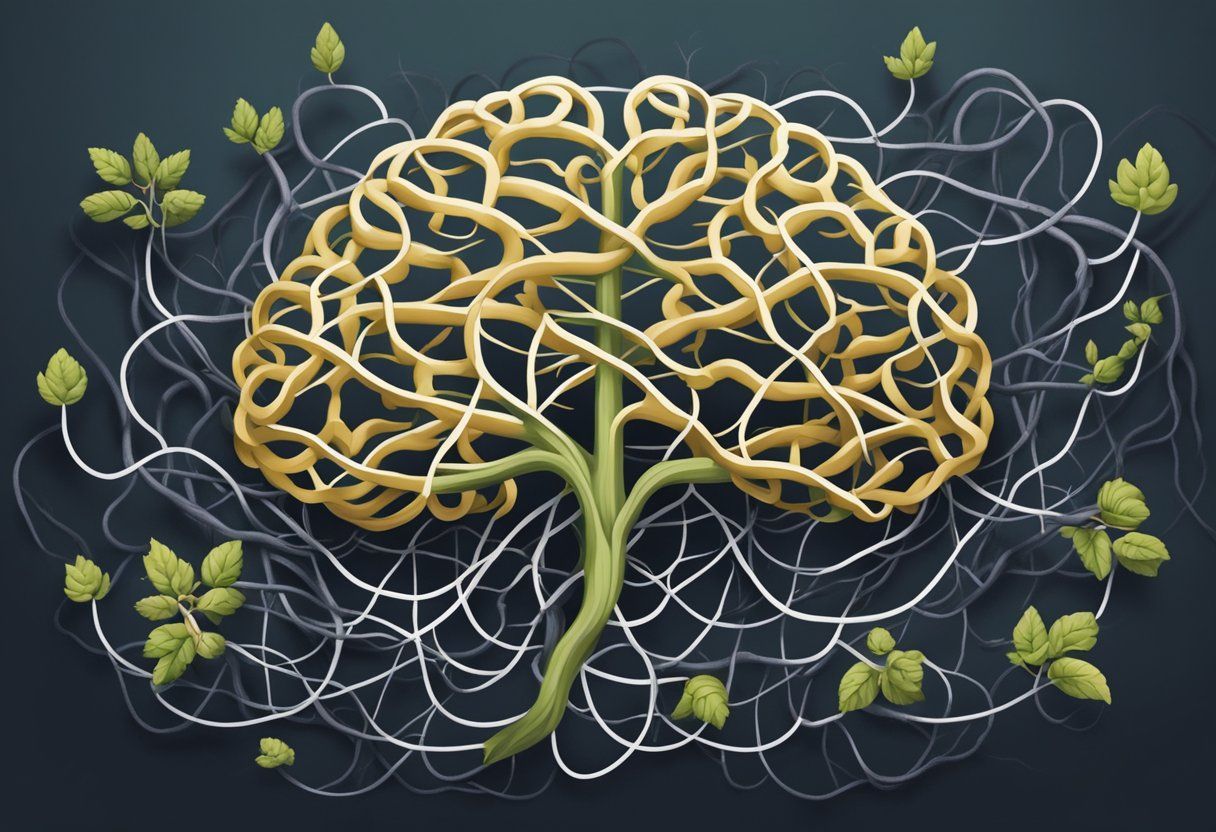
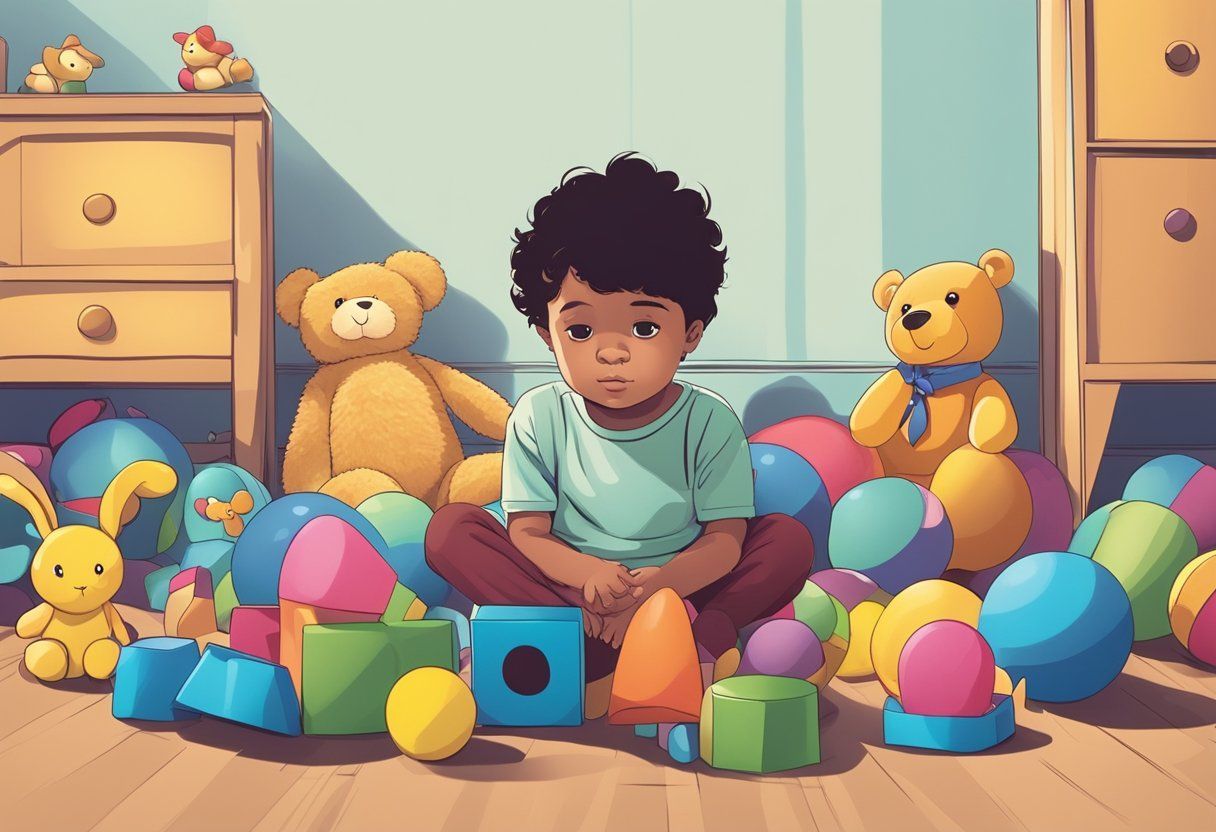
Bringing and keeping families together!





